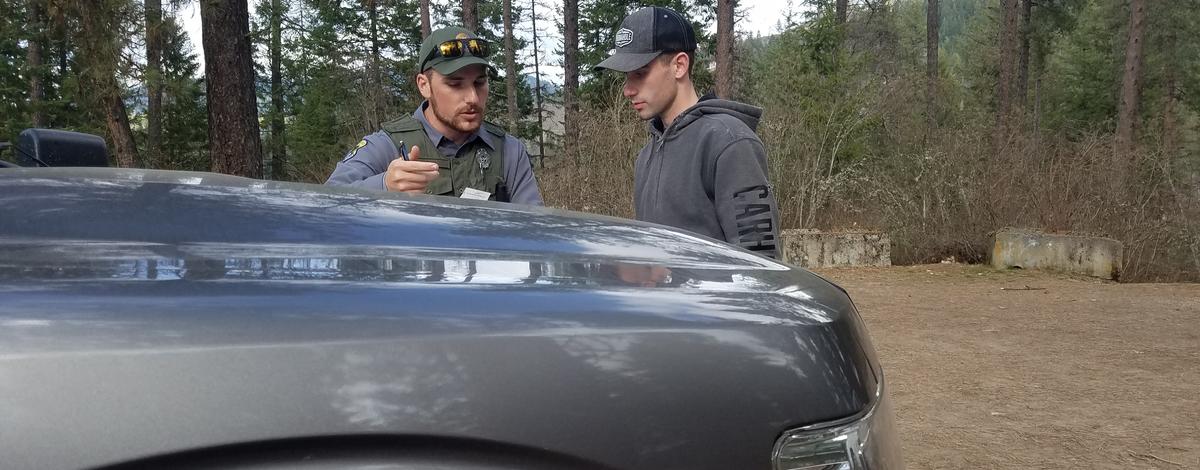Every year Idaho Fish and Game conservation officers rely on citizen reports to identify and investigate wildlife violations throughout the state. Without dedicated sportsmen and women doing the right thing—making the call and reporting—many wildlife violations would go undetected, undocumented and unsolved.
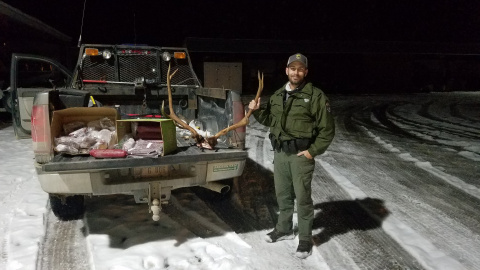
Concerned citizens often ask how they can help or assist our officers. Simply put, one of the best ways to assist is to be a good witness!
Being a good witness not only helps our officers, but it ultimately increases the likelihood that the violator abusing Idaho’s wildlife resources is held accountable.
Here are three simple steps to help you be a good witness if and when you see a wildlife violation.
Document as much as you can
As the old saying goes, a picture is worth a thousand words. The same holds true for documenting wildlife violations when you see them.
These days it’s rare for someone to venture into the woods without a cell phone capable of taking pictures and videos. Getting a photo or video of the violation or violator, without disturbing the scene, is incredibly helpful for our officers.
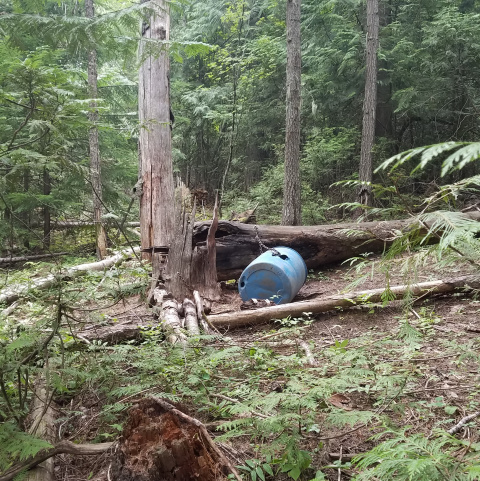
Documenting the location of the crime with a GPS point or a dropped pin from your phone is also incredibly helpful. It’s also helpful to write down a few notes of what you observed so that details aren’t forgotten when relaying information to an officer.

In short, the more detailed information you’re able to document and provide, the higher the likelihood that our officers will be able to crack the case and hold the violator accountable.
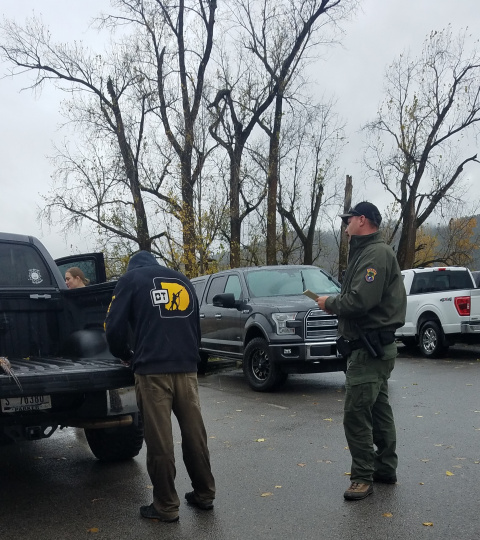
Focus on the suspect
Conservation officers often receive reports of wildlife crimes but have little to no information about the offender. Identifying a suspect is often a challenge, so documenting and providing identifying information on possible suspects is crucial to cracking the case.
Vehicle information often proves vital to identifying suspects. License plates are golden, but so too are descriptions and photos of vehicles. Physical descriptions of suspects are also very helpful, particularly focusing on unique characteristics like tattoos, hair color and style and facial hair.
Don’t delay in reporting
Conservation officers usually respond to calls after a wildlife crime has already been committed - playing catch up from the start. Time is of the essence when officers are responding and investigating. As time goes on, suspects get away, evidence disappears, trails go cold and cases go unsolved.
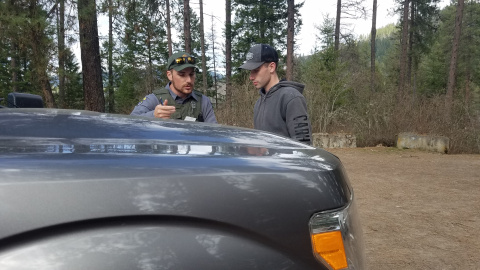
The sooner you’re able to report the violation you observed or know about, the more likely officers will able to make the case and hold the violator accountable. The Citizens Against Poaching hotline is staffed and available twenty-four hours a day, seven days a week, for this exact reason—so please don’t delay in making the call!
Reports of wildlife crimes can be made anonymously through our CAP hotline (1-800-632-5999) or online.
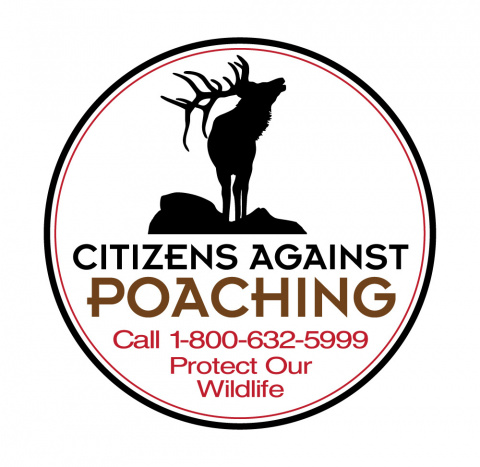
Following these three simple steps will help you be a good witness the next time you see a wildlife crime. Remember, never put yourself in danger while trying to be a good witness; it’s our job to confront and deal with potential violators—we are trained and have the authority to do so.
Please contact your local Fish and Game Regional Office with any questions.

